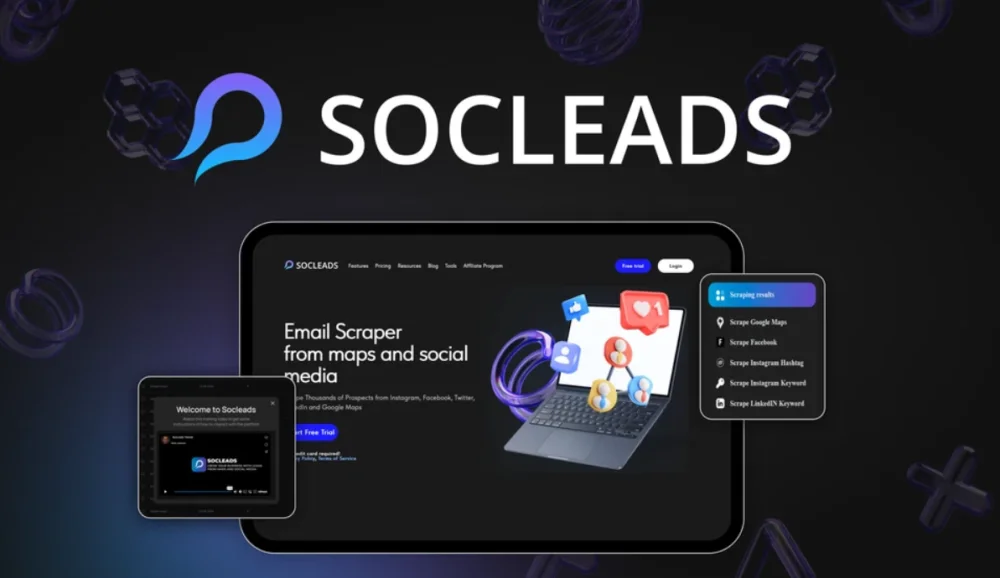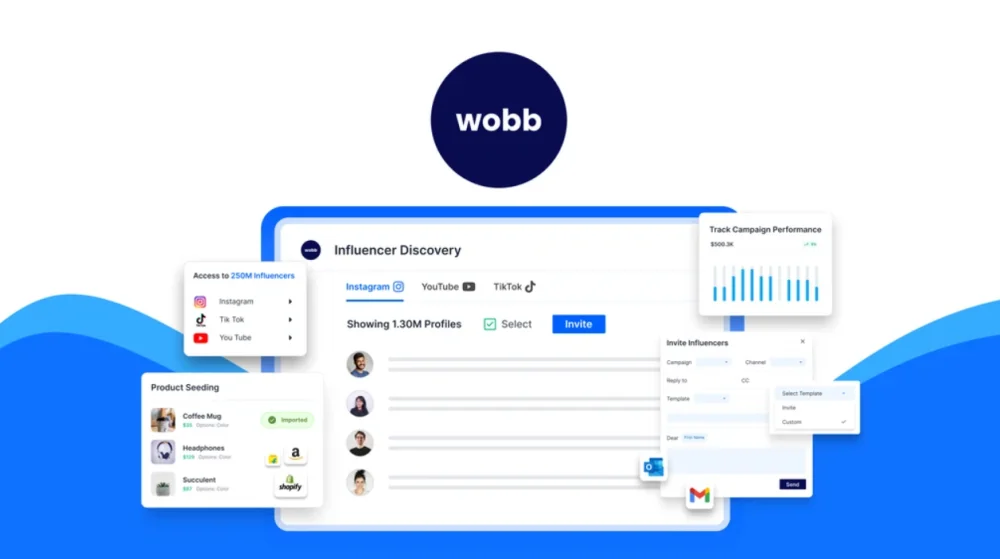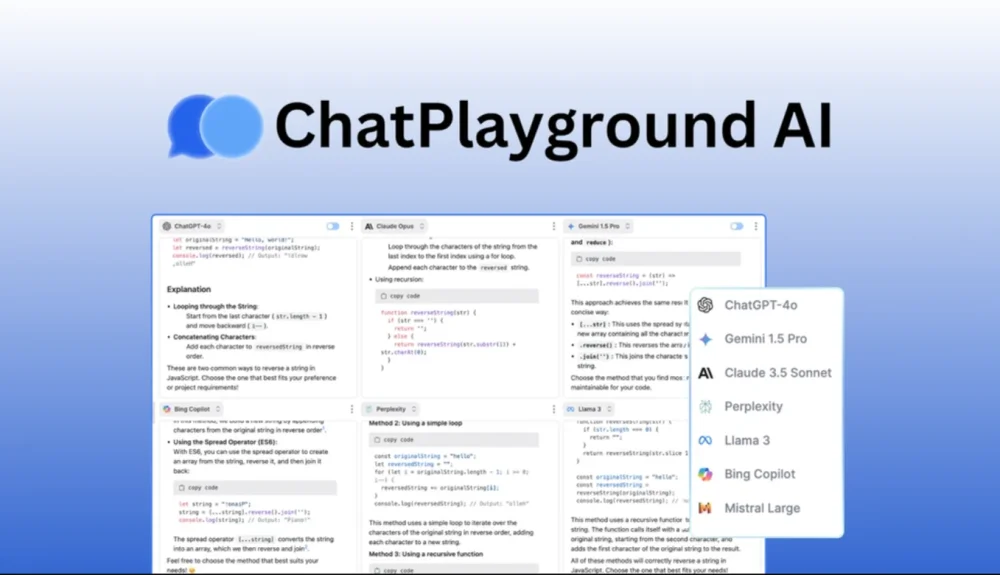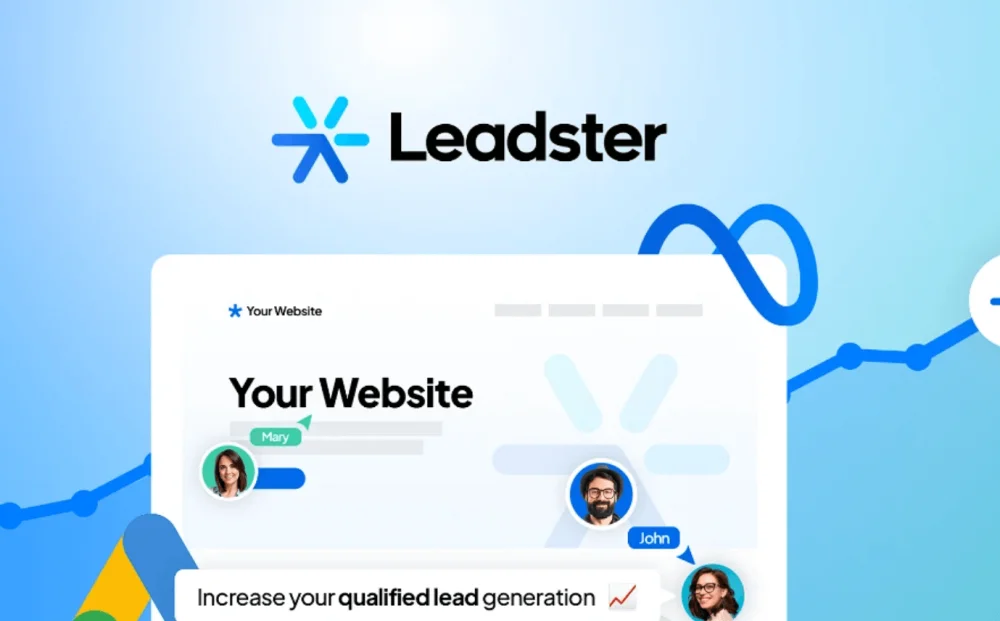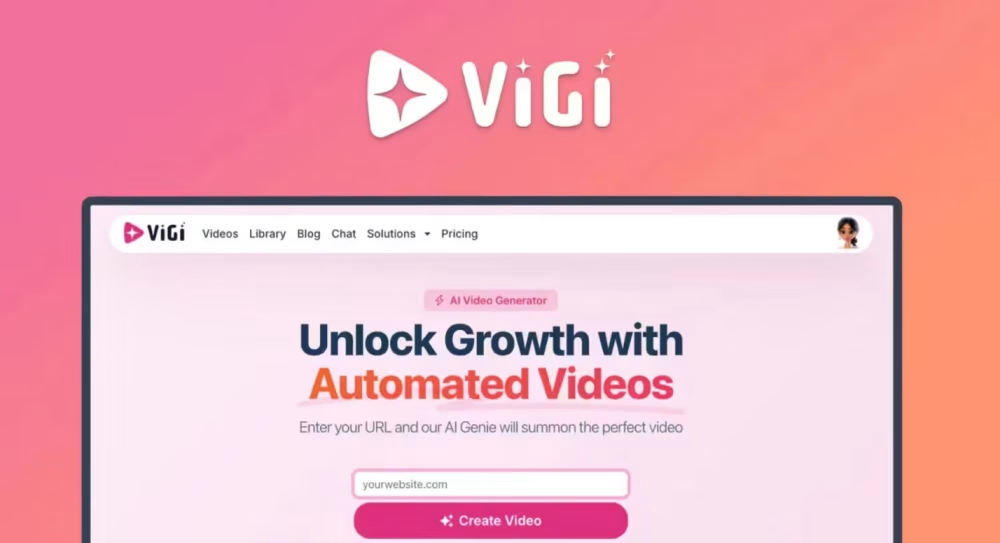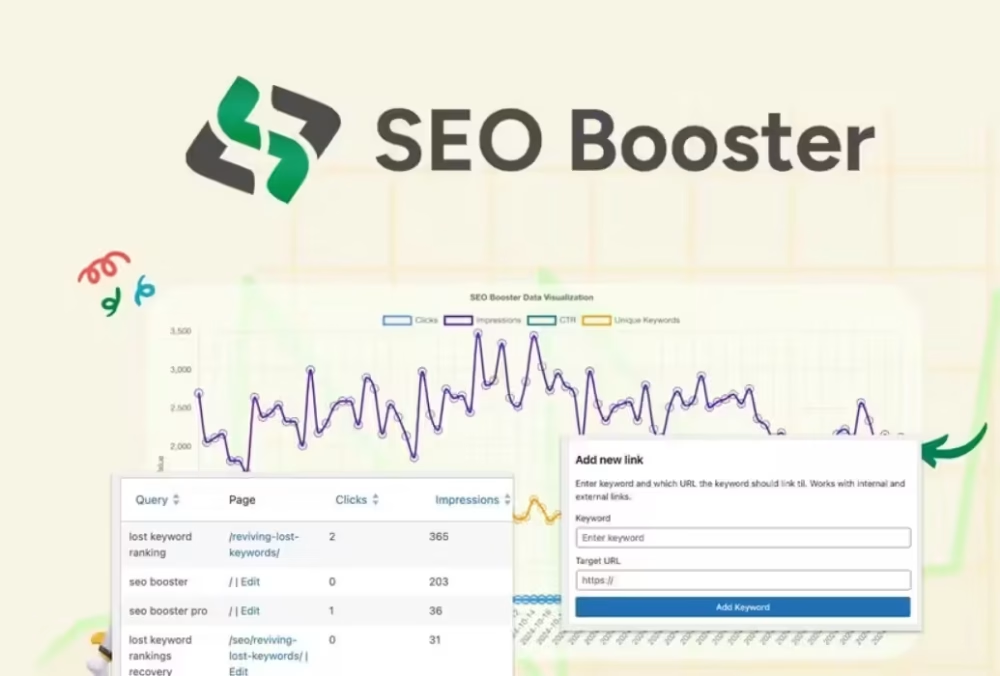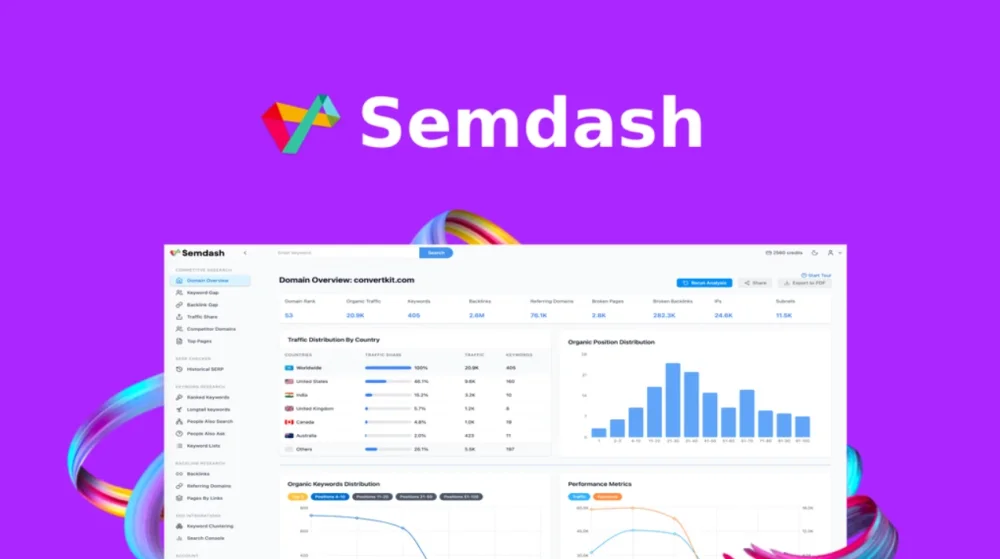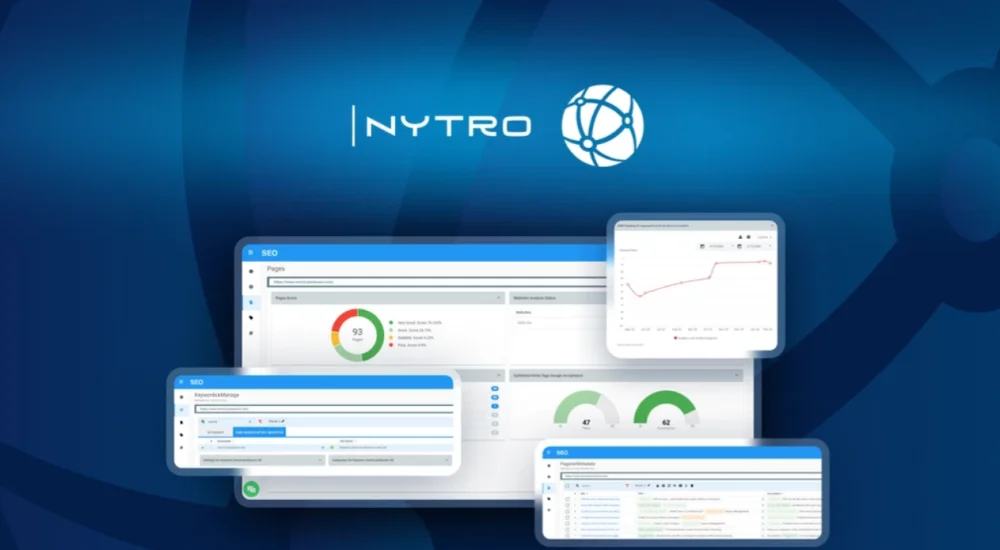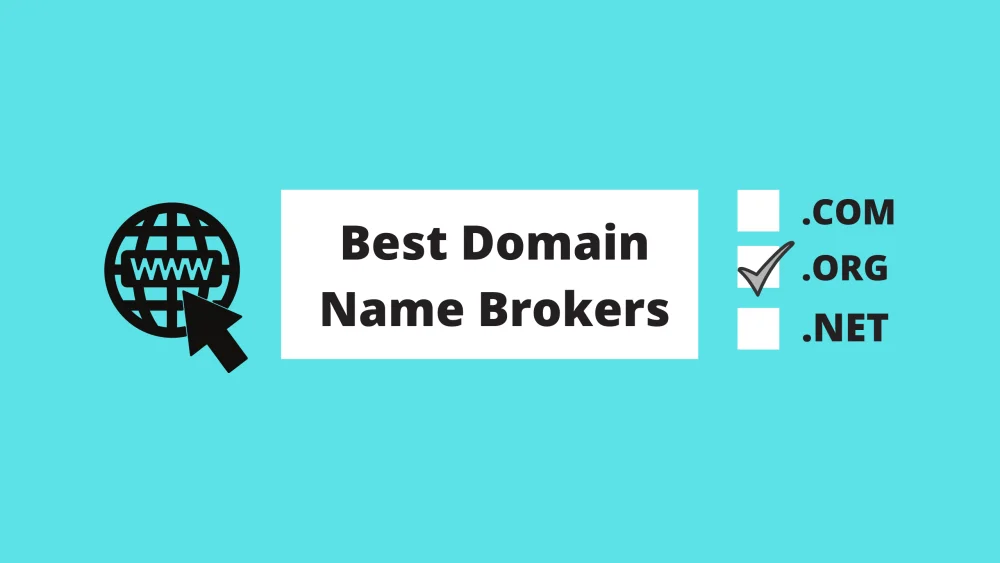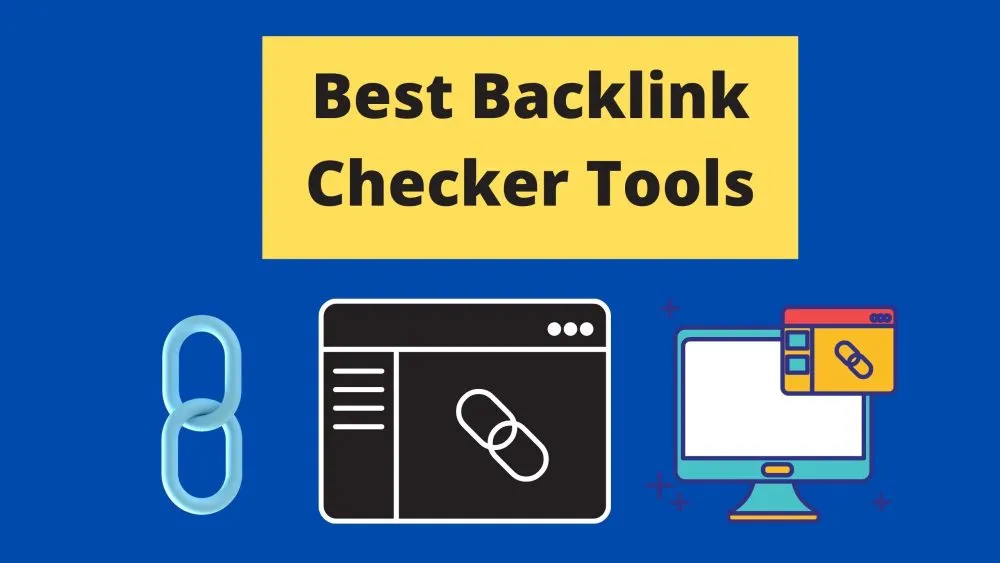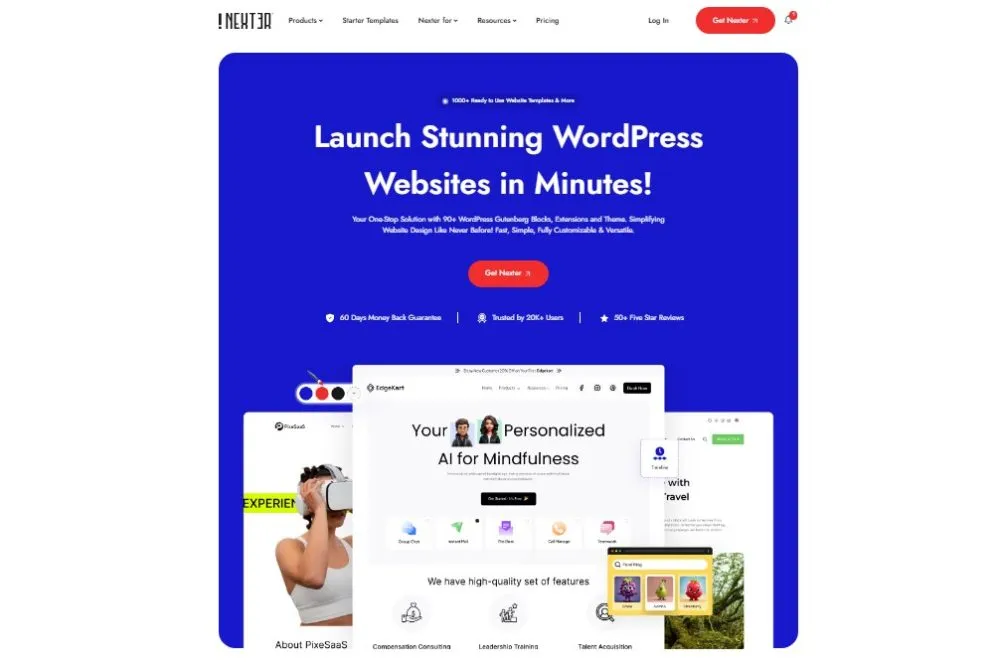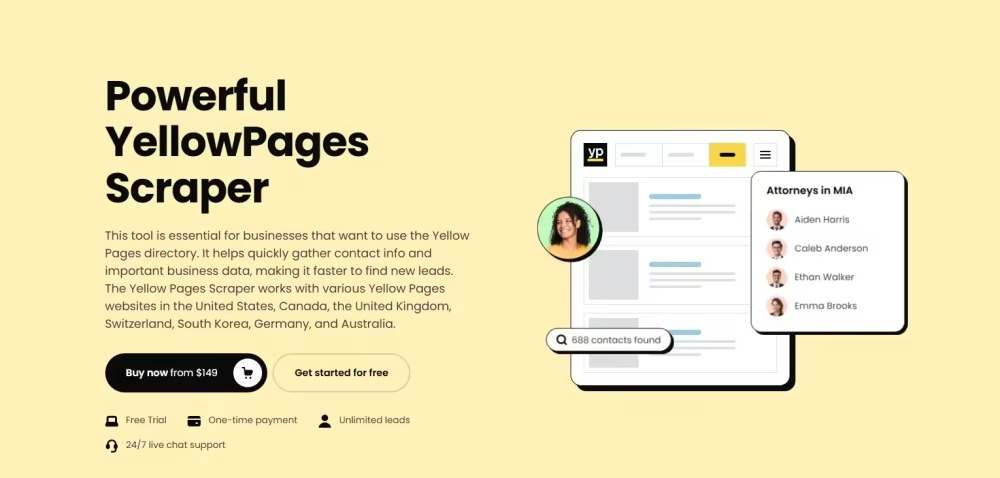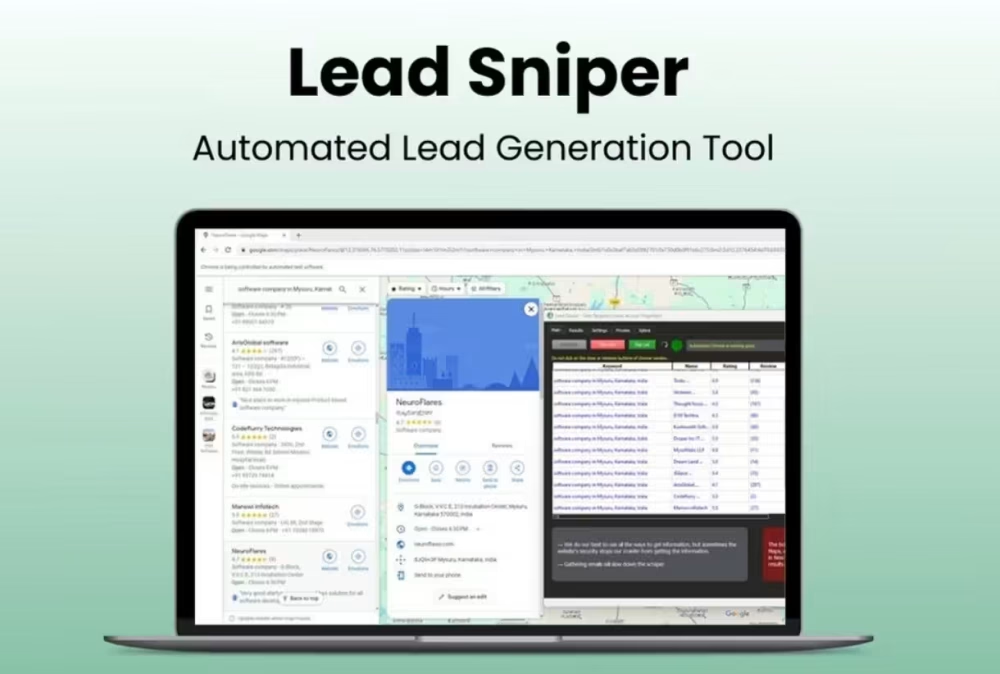Semdash is an SEO research platform. It helps businesses improve search engine rankings. The tool analyzes competitors and uncovers keywords. It tracks backlinks and monitors site performance. With an AI co-pilot, it creates actionable SEO strategies. Users can find high-traffic keywords fast. semdash also identifies content gaps to boost visibility. Its dashboard is user-friendly. Agencies, bloggers, and small businesses use it daily. The lifetime deal on AppSumo makes it affordable. No recurring fees. Just pay once for full access. If you ask me, it’s perfect for driving traffic without breaking the bank.
Semdash Pros and Cons
Pros:
- Affordable one-time payment for lifetime access.
- AI-driven insights simplify competitor analysis.
- Fresh data updates daily for accuracy.
- User-friendly interface suits beginners and pros.
- Large backlink databases boost link-building efforts.
Cons:
- Credit systems may limit heavy users.
Semdash Appsumo Lifetime Deal :
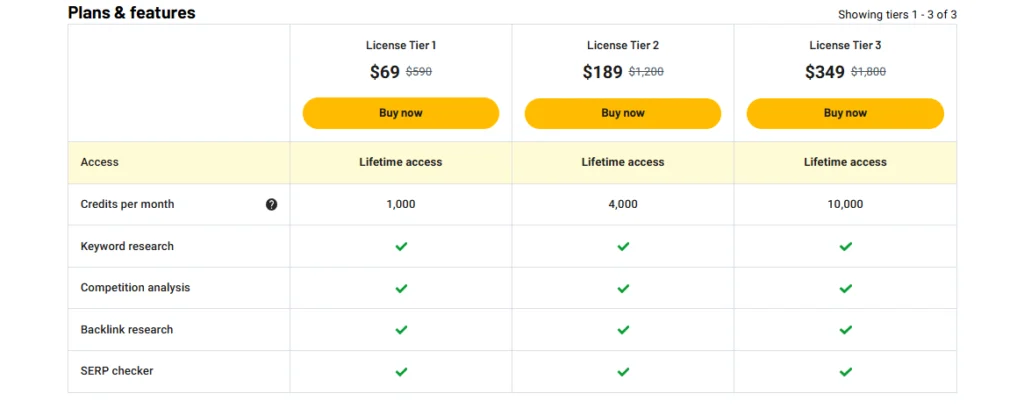
Key Features of Semdash:
1. Domain Overview
Semdash’s Domain Overview gives a snapshot of any website’s SEO health. Enter a domain, and it shows traffic, keywords, and backlinks. You see top-performing pages and competitor insights. The feature is great for quick audits. Last week, I checked a client’s site. It revealed weak spots in minutes. The AI breaks down data clearly. You can compare domains side by side. This helps spot opportunities. For what it’s worth, it’s ideal for agencies juggling multiple clients. The dashboard is simple to navigate. Data updates daily, so you get fresh insights. Use it to plan SEO strategies fast. It saves time and effort. Perfect for beginners and pros alike. Credit usage is low, making it cost-effective.
2. Keyword Gap:
Keyword Gap finds keywords competitors rank for but you don’t. It’s a goldmine for content ideas. Enter your domain and a competitor’s. semdash lists missed opportunities. I tested it on a blog. It showed 200+ keywords to target. The tool includes search volume and difficulty metrics. This helps prioritize efforts. Long-tail variations are included too. For what it’s worth, it’s great for bloggers. You can export lists for content planning. The AI suggests how to use keywords effectively. To be honest, it’s like spying on competitors legally. Data is accurate and fresh. It uses 50 credits per search, which is reasonable. Agencies can scale campaigns with this. It’s a must for closing ranking gaps.
3. Backlink Gap
Backlink Gap shows backlinks competitors have that you’re missing. It’s key for building authority. Enter domains, and semdash lists unique backlink sources. I tried it for a small business. It found 50+ high-quality link opportunities. The tool provides anchor text and domain authority details. This makes outreach easier. You can filter by live backlinks only. For what it’s worth, this feature shines for link-building. Data comes from a 2.7 trillion backlink database. It’s updated daily. The funny thing is, it’s beginner-friendly yet powerful. Agencies can use it for client reports. It uses 25 credits per search, which is budget-friendly. To be fair, it’s a strong alternative to pricier tools like Ahrefs. Boost your site’s credibility fast.
4. Traffic Share
Traffic Share tracks how much traffic a domain gets compared to competitors. It shows which keywords drive visitors. I tested it on an e-commerce site. It revealed competitors stealing clicks. The tool breaks down traffic by page and keyword. You get percentage shares for clarity. This helps focus on high-impact areas. The way I see it, it’s perfect for marketers. Data is easy to understand. You can export reports for clients. The AI suggests optimization tips. It uses minimal credits, so it’s cost-effective. For what it’s worth, small businesses benefit most. You can adjust strategies quickly. To be honest, it’s great for staying ahead. Daily updates keep insights fresh. Use it to boost your site’s traffic share.
5. Competitor Domains
Competitor Domains identifies your top rivals in search results. Enter your site, and semdash lists competing domains. I used it for a blog. It found five unexpected competitors. The tool shows their keywords, traffic, and backlinks. This helps you mimic their strengths. You can analyze up to 10 domains at once. For what it’s worth, it’s a time-saver. The AI suggests strategies to outrank rivals. Data is clear and actionable. It’s great for agencies handling multiple niches. To be fair, it’s simple yet powerful. It uses 50 credits per analysis. The funny thing is, even beginners can use it. Daily updates ensure accuracy. Long story short, it’s perfect for gaining a competitive edge. Use it to refine your SEO game plan.
6. Keyword Discovery
Keyword Discovery finds high-traffic keywords for your niche. Enter a seed keyword, and semdash lists related terms. I tried it for a tech blog. It gave 900+ keywords with metrics. You get search volume, difficulty, and cost-per-click data. This helps pick low-competition terms. The tool includes a long-tail keywords tool. For what it’s worth, it’s ideal for content creators. The AI suggests content ideas based on trends. You can export lists easily. To be honest, it’s a blogger’s dream. It uses 50 credits per search, which is fair. Data updates daily for accuracy. Agencies can scale campaigns with this. The way I see it, it simplifies keyword research. Use it to boost rankings fast. It’s a must for driving organic traffic.
7. Backlinks
The Backlinks feature analyzes any site’s backlink profile. It shows referring domains, anchor text, and link types. I checked a competitor’s site. It listed 28,000 backlinks with details. You can filter by live or lost links. This helps plan link-building strategies. The database has 2.7 trillion backlinks. For what it’s worth, it’s robust yet affordable. The AI highlights risky links to avoid. Data is fresh and reliable. To be fair, it’s great for agencies. It uses 25 credits per report, which is budget-friendly. The funny thing is, it’s easy to use. You can export data for clients. Long story short, it’s a strong feature for SEO pros. Use it to strengthen your site’s authority. It’s a solid alternative to pricier tools.
8. Keyword Clustering
Keyword Clustering groups related keywords for better content planning. Enter a keyword list, and semdash organizes them into clusters. I tested it with 500 keywords. It created 20 clusters with themes. This saves time on content structure. You get metrics like search volume and difficulty. For what it’s worth, it’s perfect for bloggers. The AI suggests content briefs for each cluster. Data is clear and exportable. To be honest, it’s a huge time-saver. It uses 50 credits per cluster, which is reasonable. Agencies can streamline client campaigns. The way I see it, it’s great for scaling content. Daily updates keep data fresh. Long story short, it simplifies SEO strategy. Use it to create targeted content fast. It’s a must for ranking higher.
9. People Also Ask
People Also Ask pulls questions users type into Google. It’s great for creating FAQ content. I used it for a health blog. It listed 50+ relevant questions. You get search volume and difficulty metrics. This helps craft snippet-friendly content. The AI suggests answers based on trends. For what it’s worth, it’s a blogger’s secret weapon. Data is updated daily. You can export lists for planning. To be fair, it’s simple yet effective. It uses 50 credits per search, which is fair. Agencies can use it for client content. The funny thing is, it boosts click-through rates. Long story short, it’s perfect for organic reach. Use it to answer user queries directly. It’s a strong feature for visibility.
10. Search Console:
Search Console integrates with Google Search Console for deeper insights. It tracks your site’s performance and keywords. I connected my blog. It showed ranking shifts over 12 months. You get data on clicks, impressions, and top pages. This helps refine strategies. The AI highlights underperforming areas. For what it’s worth, it’s great for small businesses. Data is clear and actionable. You can export reports for clients. To be honest, it’s a must for monitoring. It uses minimal credits, so it’s cost-effective. The way I see it, it’s like having Google’s data on steroids. Daily updates ensure accuracy. Long story short, it’s perfect for tracking progress. Use it to optimize your site’s SEO fast. It’s a powerful add-on for pros.
semdash saves time with automated analysis. It delivers actionable SEO strategies. The AI co-pilot simplifies competitor research. You get fresh, accurate data daily. The tool finds high-traffic keywords fast. Backlink tracking boosts site authority. It’s budget-friendly with no monthly fees. The lifetime deal offers huge value. Users can export data for reports. The interface is beginner-friendly. To be honest, it’s a strong alternative to pricier tools like Semrush.
To cut a long story short, Semdash is a steal. The lifetime deal saves thousands compared to monthly subscriptions. Agencies, bloggers, and small businesses benefit most. Its AI co-pilot simplifies SEO tasks. You get fresh data and actionable insights. The credit system is a minor drawback. For what it’s worth, the $59 plan suits most users. To be fair, it rivals pricier tools like Ahrefs. The funny thing is, it’s beginner-friendly too. Long story short, grab this deal before it ends. All things considered, semdash is a smart investment for SEO success. Don’t miss out!


